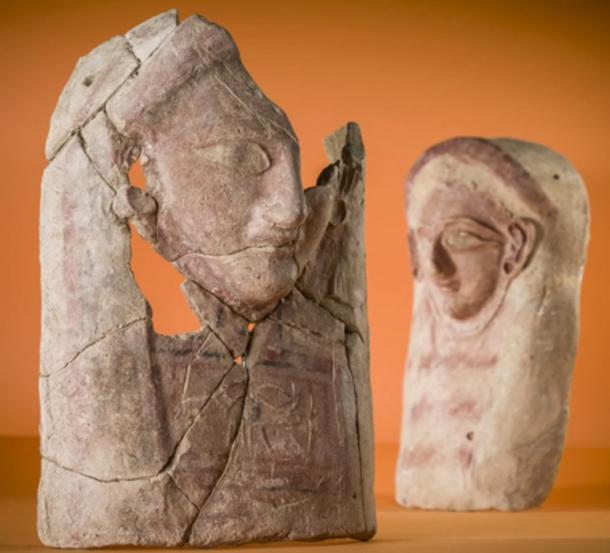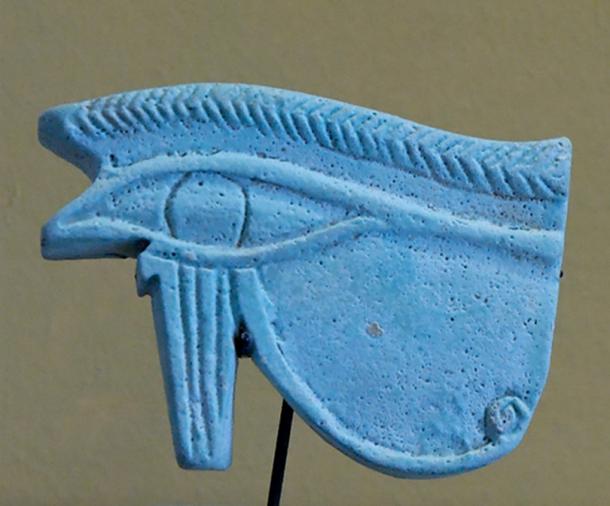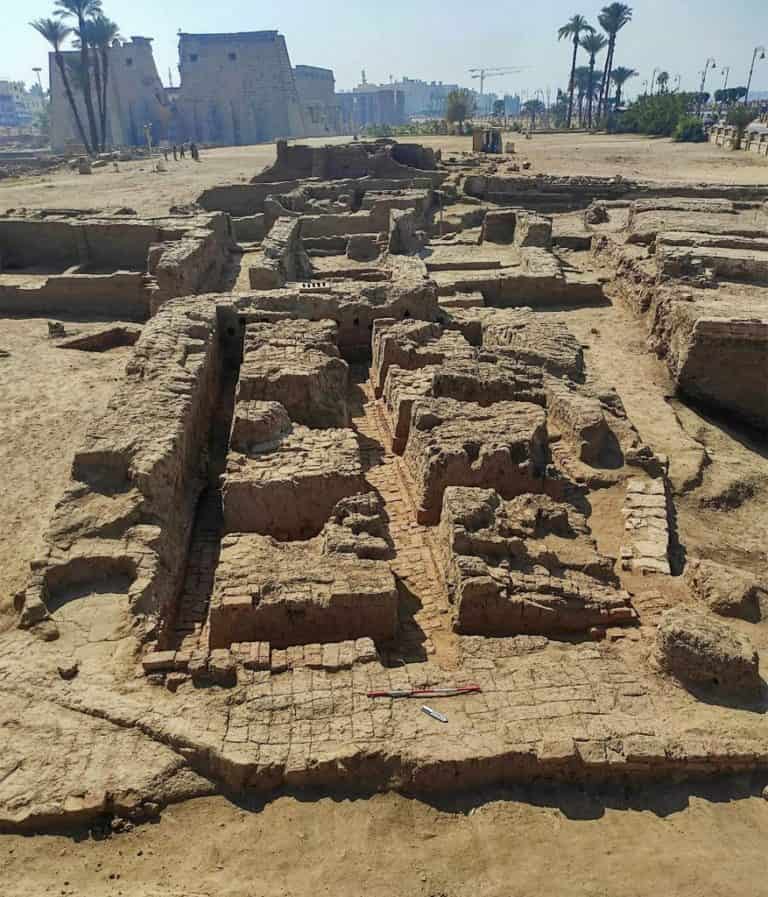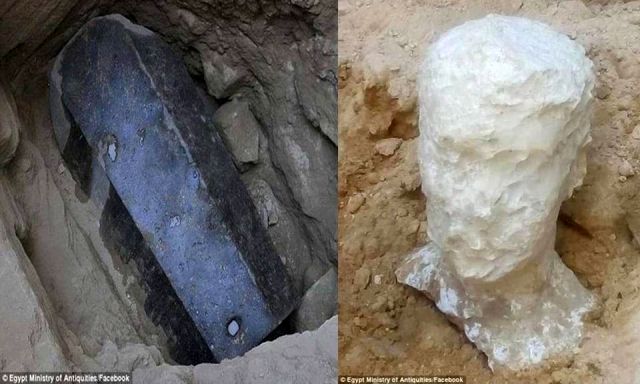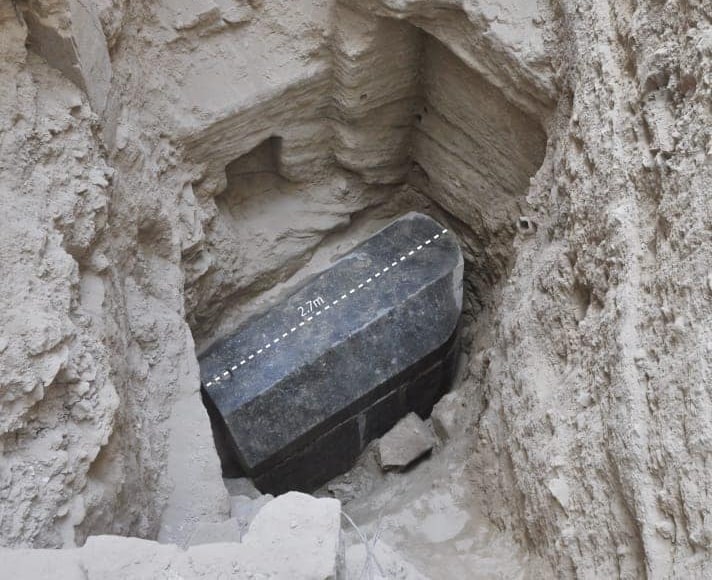3,500-Year-Old Mummified Bear Found in Siberian Permafrost
As the permafrost in Siberia melts, it has revealed a mummified brown bear that lived more than three millennia ago. Scientists are now planning to conduct an autopsy on the bear, with the hope of making a breakthrough in the study of ancient animals.
The bear’s remains were found by deer herders on Bolshoi Lyakhovsky Island, about 5 miles from the Bolshoi Eterikan River. Maksim Cherpasov, a senior researcher at the Mammoth Laboratory Museum of Russia’s North-Eastern University, explained that the carcass was already fossilized because it was in the permafrost.
The body parts were extracted from the soil, prepared for transportation, and taken to a nearby settlement.
Studying the Carcass: Dissection and Analysis
“This find is absolutely unique: the complete carcass of an ancient brown bear,” said Maxim Cheprasov, laboratory chief at the Lazarev Mammoth Museum Laboratory at the North-Eastern Federal University in Yakutsk, eastern Siberia.
The scientists now have the opportunity to study its internal organs and examine the brain. The bear is 3,460 years old, which means it lived more than 1,400 years ago, before the fall of the Egyptian and Roman empires.
The researchers determined that the bear was female, measuring more than 5 feet tall and weighing more than 170 pounds, reports Reuters.
The researchers are keen to learn more about the bear’s exact age, how it died, and how it compares to modern animals. They also want to examine the bear’s histology and cells. So far, it appears that the bear died between the ages of 2 and 3 from a spinal injury.
South Korean cell researcher Hwang Woo-Suk is optimistic about the research prospects that the autopsy provides. “We have a very extraordinarily important chance to have an autopsy and to get a sample from the ancient brown bear,” he said.
“I am sure we can start culturing from that samples and hopefully, when we get the live cell, it will be one of historic achievements, breakthrough for ancient animal study.”

The Changing Climate and Siberia’s Melting Permafrost
As the permafrost in Siberia melts, it has revealed well-preserved remains of animals that lived during the last ice age, such as woolly mammoths, woolly rhinoceroses, cave lions, and cave bears.
These animals lived in the region tens of thousands of years ago when the climate was much colder than it is today, reports Radio Free Europe .
The melting permafrost has also revealed other animals that lived in more recent times, including ancient horses, bison, and wolves. In 2015, a well-preserved body of a cave lion cub was discovered in the Siberian permafrost.
The cub was estimated to have been frozen for around 28,000 years, making it one of the best-preserved Ice Age animals ever found.

In 2018, a well-preserved head of a steppe wolf, which is believed to be around 30,000 years old, was found in the Siberian permafrost. The head was remarkably preserved, with fur, teeth, and even the brain intact.
In 2019, a large, intact mammoth foot was discovered in the Siberian permafrost. The foot is believed to be around 50,000 years old and is one of the best-preserved mammoth fossils ever found.
In addition to these large animals, the permafrost has also preserved the remains of smaller creatures such as rodents, birds, and insects.
The discovery of these animals provides important insights into the ecosystems of the past and how they have changed over time. They also offer opportunities for scientists to study the genetic material and other biological information that has been preserved in the permafrost, which could help in understanding the evolution of these species and their interactions with their environment.






